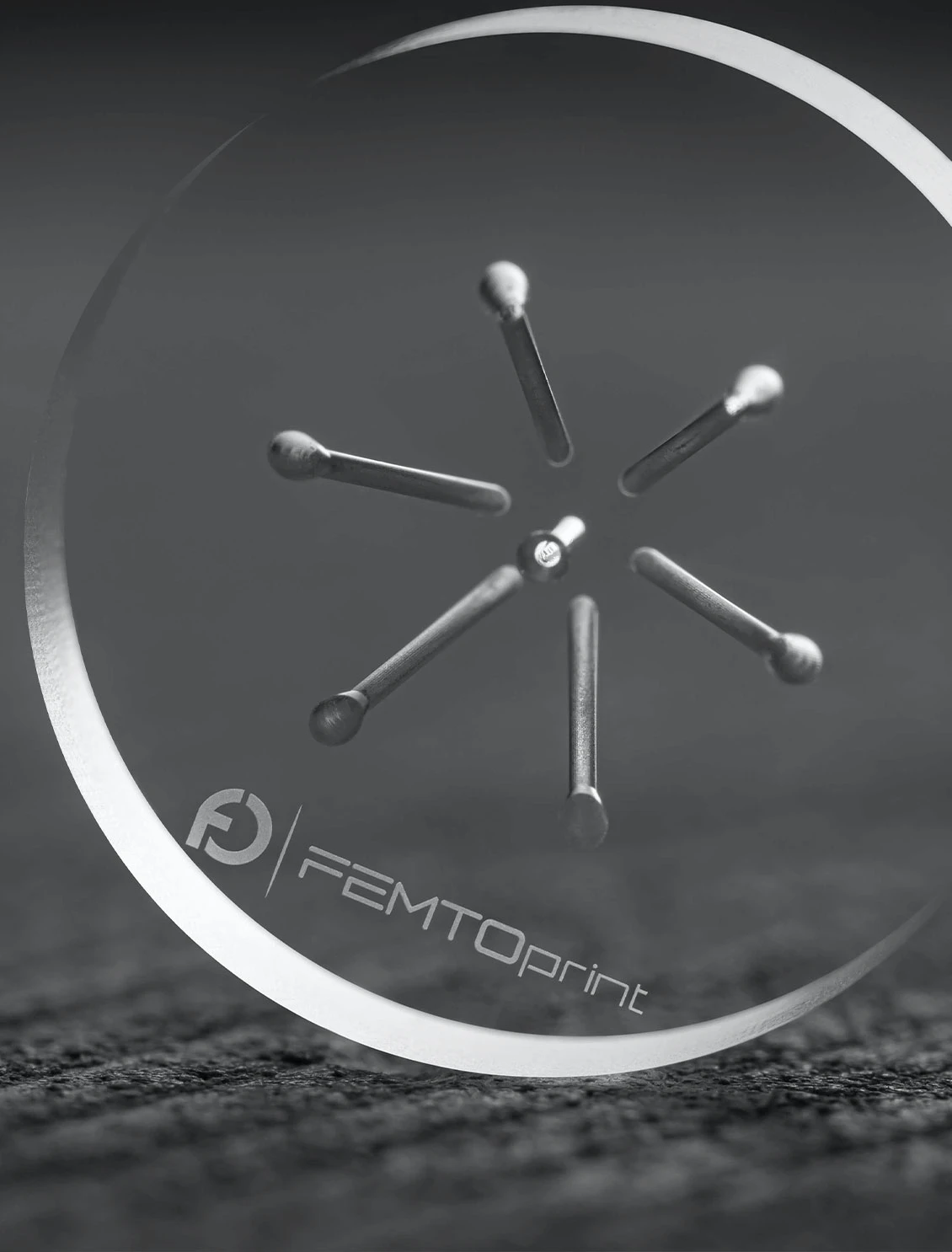Glass has countless advantages that makes it a highly suitable material for endless applications. Some of these advantages include optical transparency, high flexural strength, mechanical and thermal stability. Other properties include low permeability, biocompatibility, and resistance to corrosion, abrasion, and scratches.
These properties, combined with our 3D micromanufacturing capabilities at high precision, provide a unique performance advantage to our customers. Many of our customers are active in cutting edge industries with a broad range of demanding applications.


Glass microdevices and plastic microdevices are both used in a variety of applications, but there are some important key differences between the two materials.

In optical transmissions, for example in medical devices such as endoscopes, glass can be used to make optical fibres and guide light with a large numerical aperture with respect to polymer optical fibres, allowing for a smaller fiber bundle.

Glass is uniquely strong yet becomes flexible when very thin. This combination of properties means that glass can be made as thin as 30 microns in diameter (less than half as thick as a human hair). It also has a significantly higher modulus of elasticity when compared to plastics.

When used in autoclaving sterilization at 134°C or more, glass remains stable, which makes it an ideal candidate for reusable products

Thanks to its high chemical resistance, glass doesn’t interact with cleaning agents, detergents, acids, bases, solvents, or glues. This makes glass components long-lasting and easy to clean.

The inertness of glass also means there’s no risk of an allergic reaction because it doesn’t illicit any immune response from the body.
FEMTOPRINT partners with global glass foundries to select the purest and cost-effective materials available on the market. Among the different glass families that are compatible with most of the FEMTOPRINT® technology platform, we highlight: